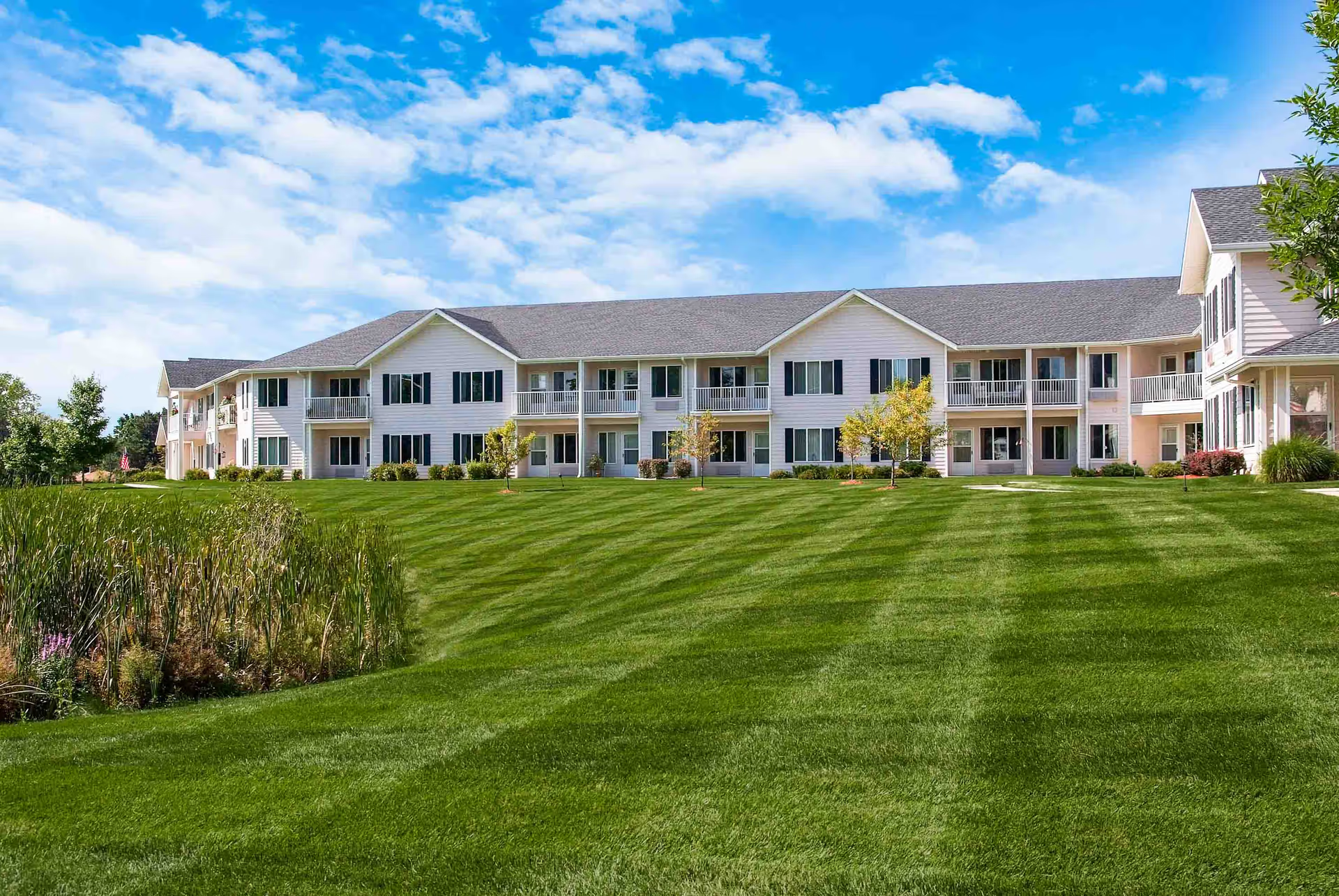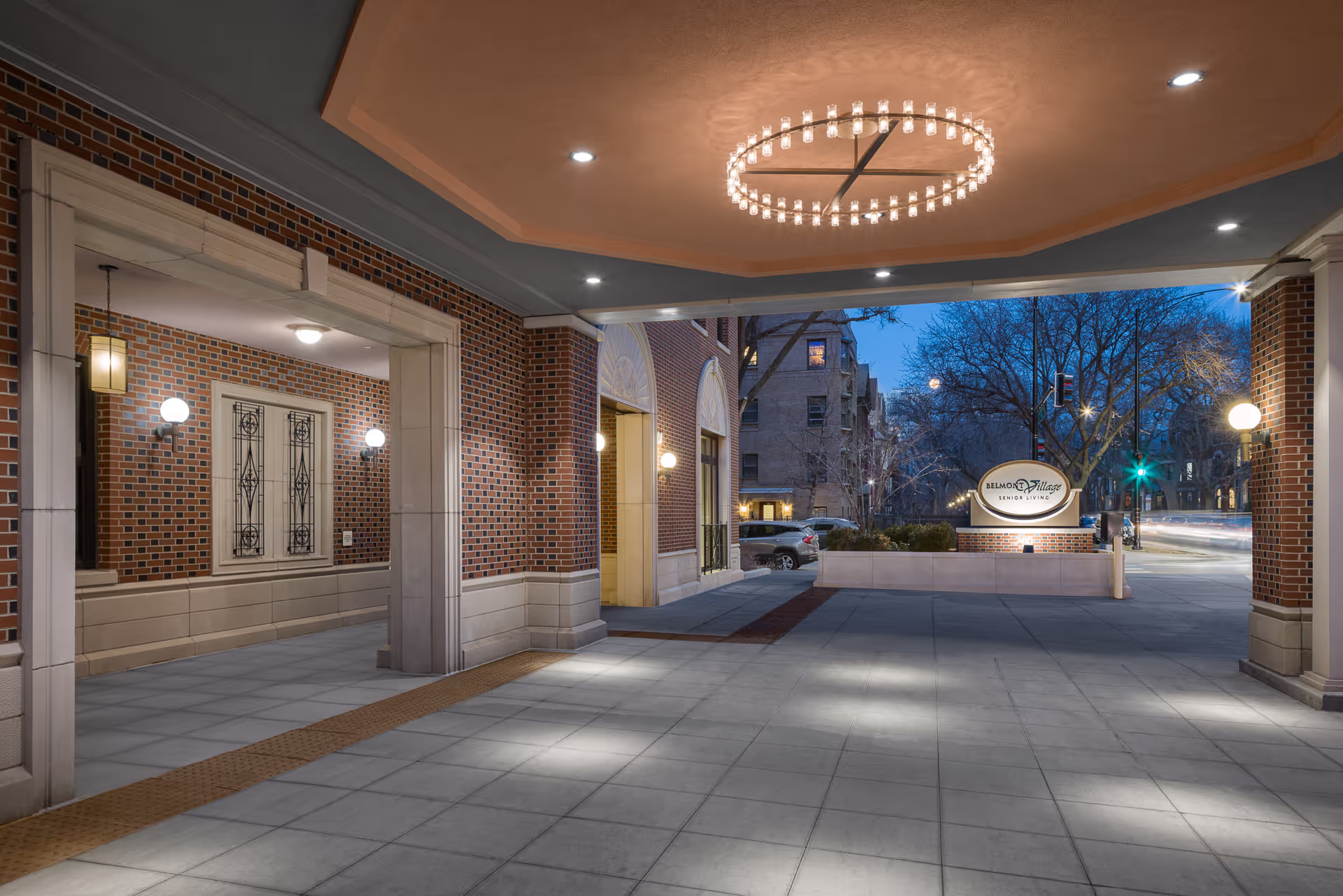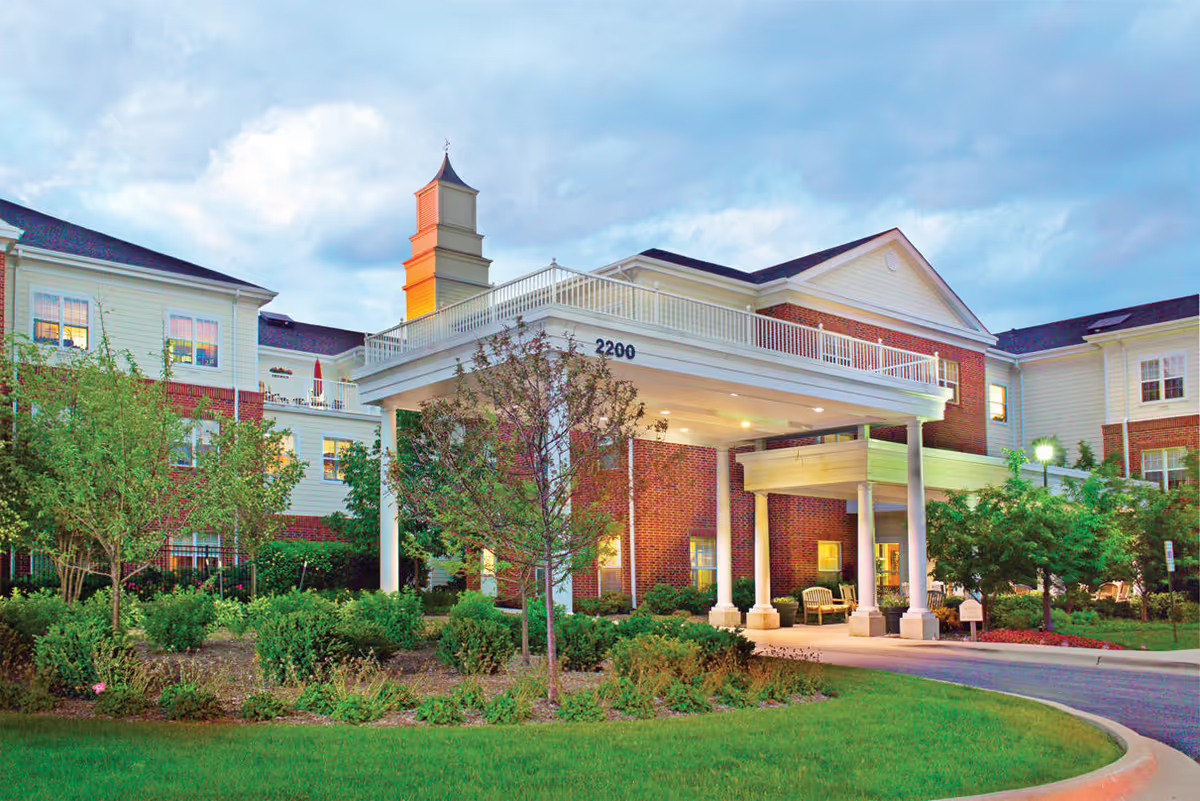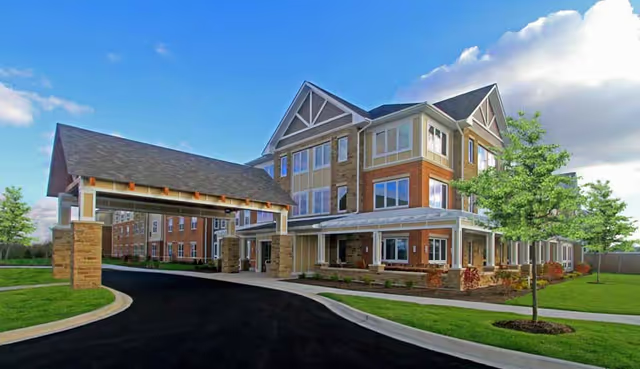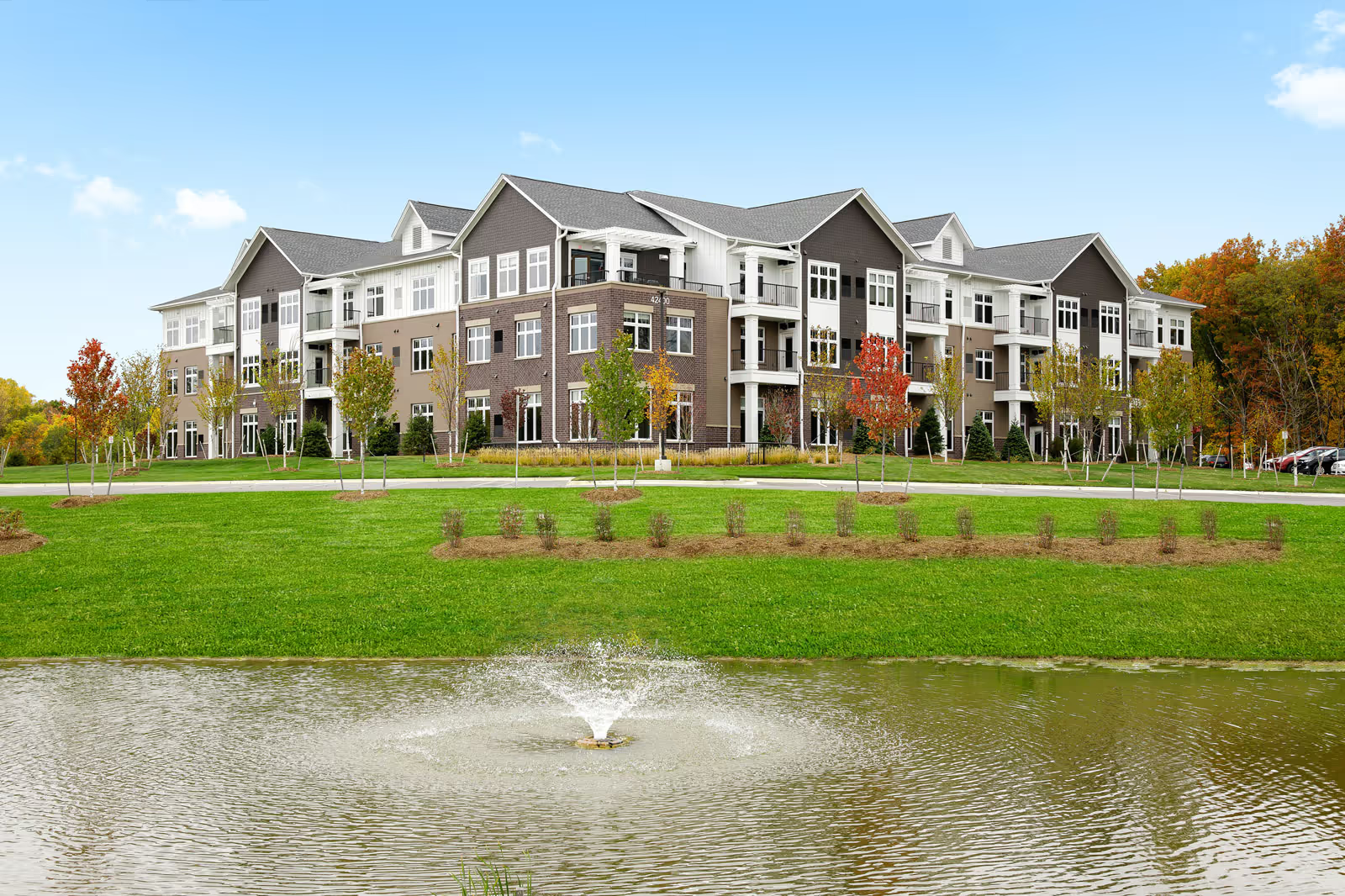Overall sentiment in the reviews is mixed but leans positive regarding direct caregiving and therapeutic services while raising repeated concerns about facility condition, inconsistent management, and a few serious safety allegations. Many reviewers emphasize the compassion, dedication, and professionalism of nursing staff, therapists, and social services personnel; these staff are frequently described as attentive, family-like, and proactive about communication. Numerous accounts praise the facility’s rehabilitation and dementia care programs, reporting good therapy outcomes, restored independence for rehab-to-home patients, and a strong social activity calendar that makes visits enjoyable for families and volunteers.
Staff and clinical services are the most consistently praised aspects. Multiple reviewers call out compassionate nurses, caring CNAs, knowledgeable therapists, and a social services department that is responsive and helpful. Families commonly report that staff keep them informed, address concerns, and involve them in care. The environment is often described as warm and welcoming: residents are noted as pleasant, volunteer experiences are good, and some reviews even describe a homelike aroma and the facility motto, which reflect a positive culture in certain units or shifts.
However, there are persistent and serious complaints about the physical plant and cleanliness. Several reviewers report overwhelming odors, dirty rooms, uncared-for linens, congealed food, ants, and dirt or mold along baseboards. Restrooms and hallways are singled out for maintenance and cleanliness problems in multiple summaries. These issues are sometimes in direct conflict with other reviewers who describe a clean, improving atmosphere, indicating inconsistency in housekeeping standards between rooms, wings, or times. The building is described as older, and some reviewers feel it suffers from management neglect and deferred maintenance.
Management and communication receive mixed marks. While many families praise proactive communication and managers who “go above and beyond,” others describe unresponsive, rude, or uncaring management, with examples of unanswered calls and poor follow-through. A small but alarming subset of reviews alleges very serious neglect — notably an expelled resident who was left homeless and later developed gangrene and other accounts describing severe safety issues that prompted calls for investigation. These are not isolated praise items and represent the most severe negative pattern in the dataset; they introduce substantial risk concerns that prospective families should investigate further, including asking about the status and outcomes of any investigations.
Dining and medication practices show variability. Several reviews say meals are generally good and that the dining staff is accommodating, while others report cold meals, poorly cooked food, dislike of processed meats, and problems getting appropriate food for certain residents. Medication management is reported as accurate by many, but there are multiple complaints about medication errors — wrong medications or mistimed doses — which are important safety items families should monitor.
In sum, Warsaw Meadows Care Center appears to offer strong, compassionate hands-on care, especially in rehabilitation, dementia care, and social activities, and many families feel comforted by the staff and therapy outcomes. At the same time, there are recurring and serious concerns about cleanliness, facility maintenance, inconsistent management responsiveness, and isolated but severe allegations of neglect and safety failures. Prospective residents and families should weigh the frequent praise for direct care and therapy against the variability in housekeeping and management, ask specific questions about recent inspection results and investigation outcomes, tour multiple wings or rooms to assess consistency, confirm medication and meal protocols, and get references from current families when possible.
